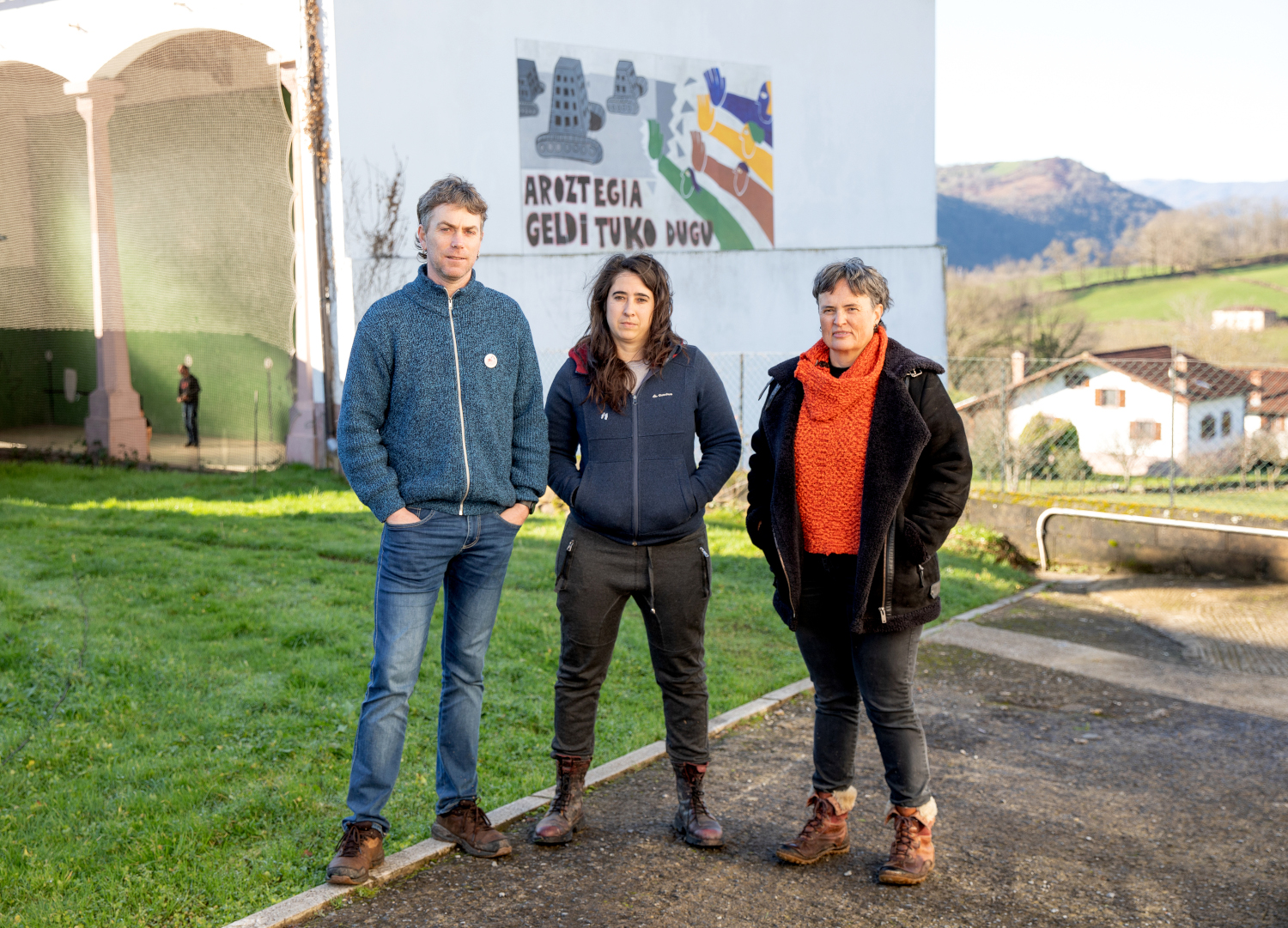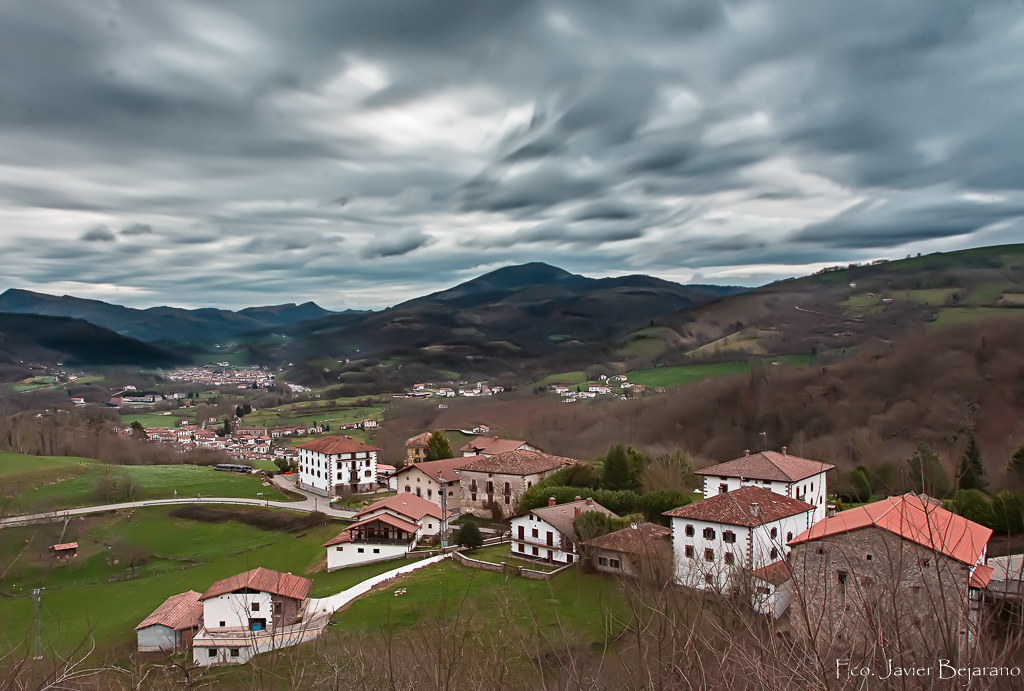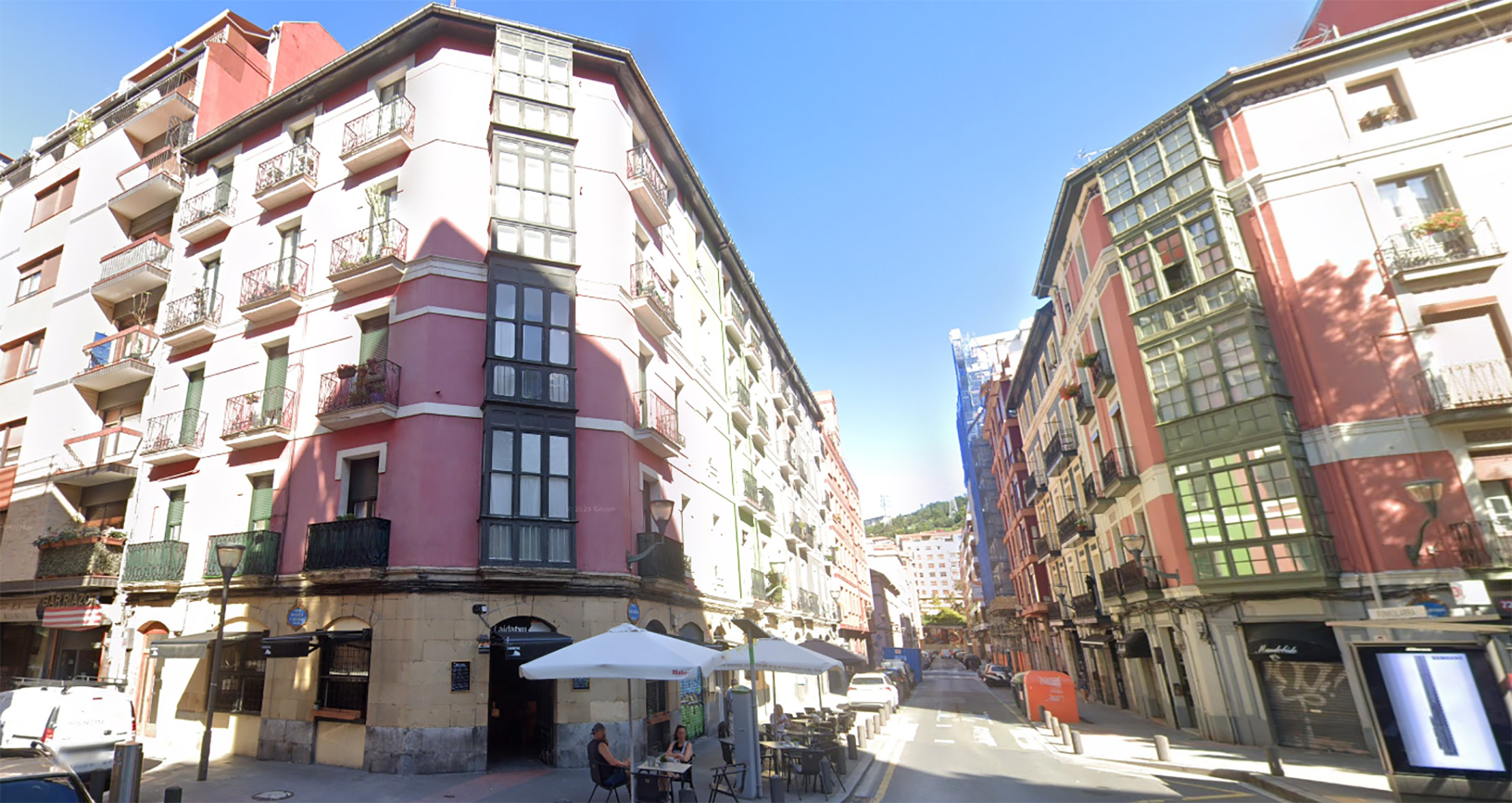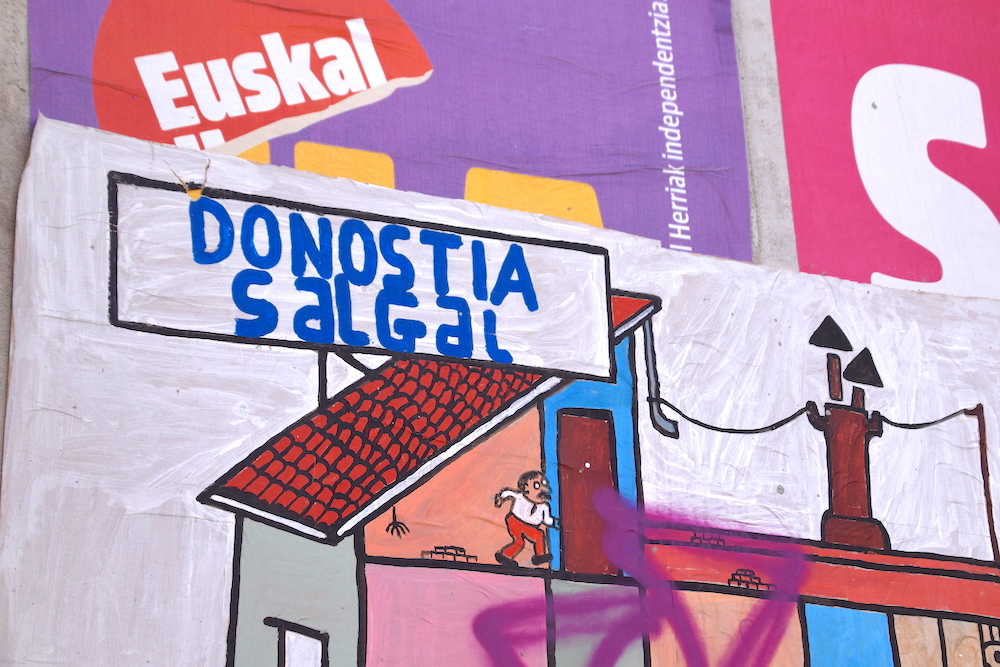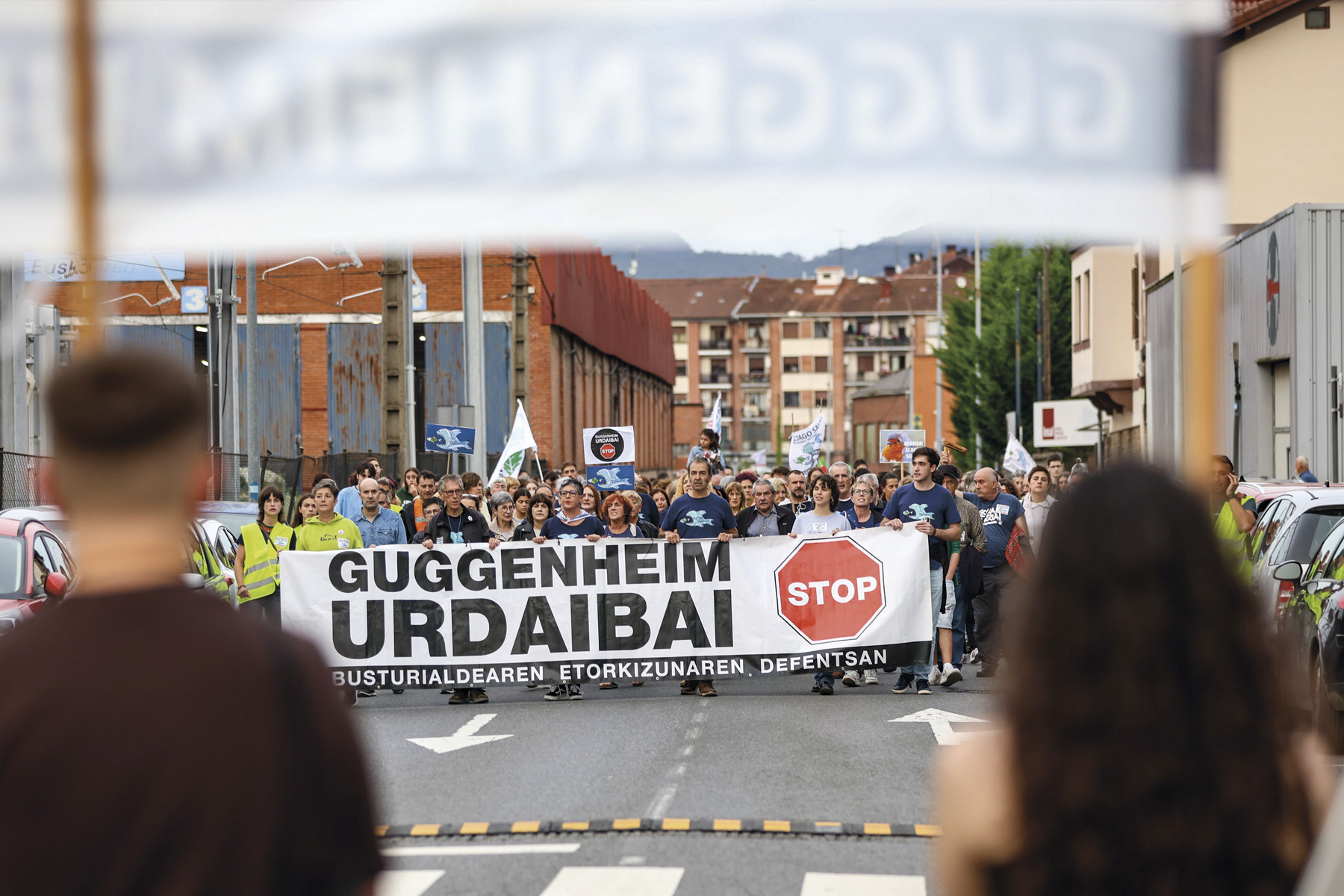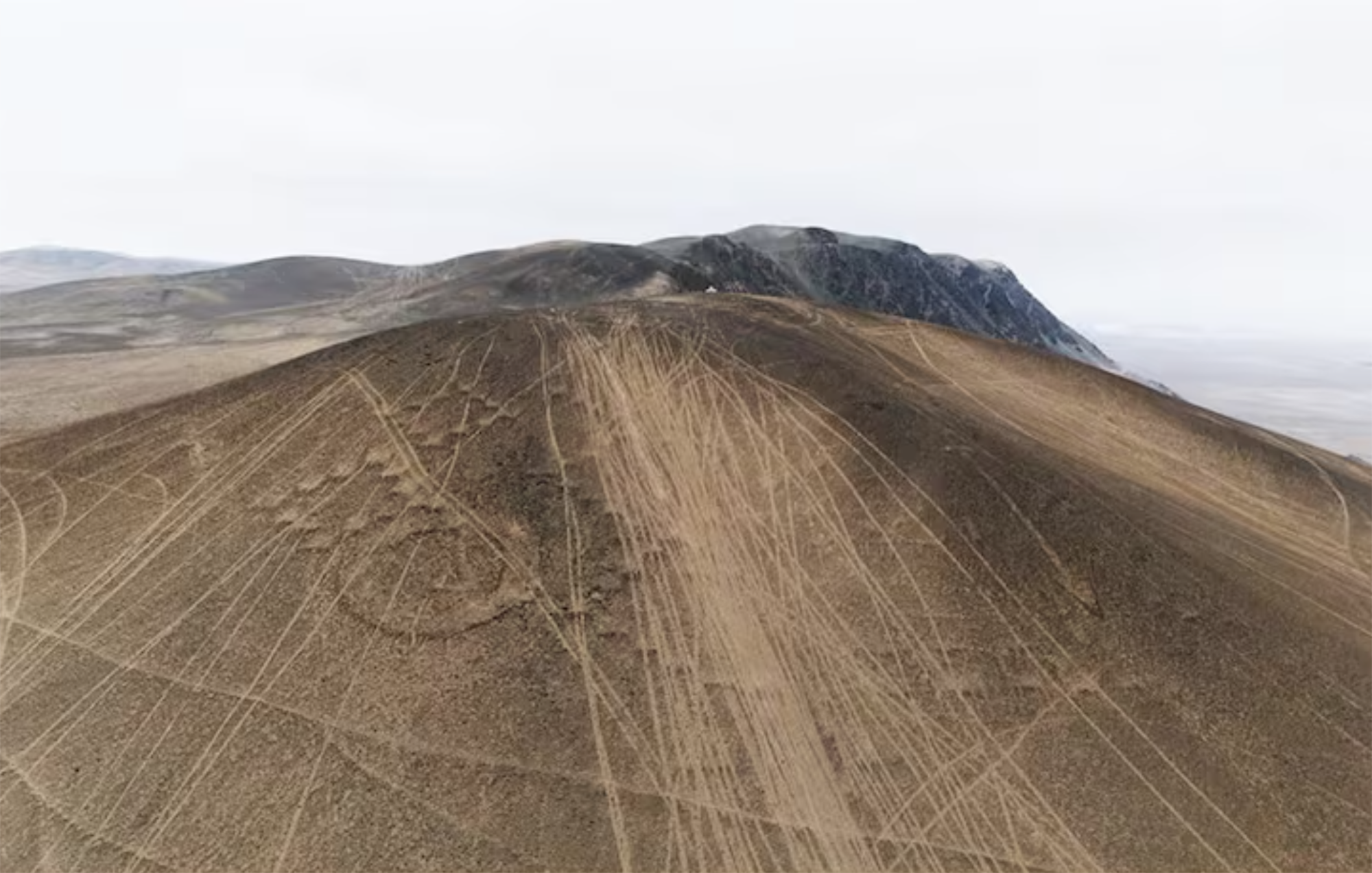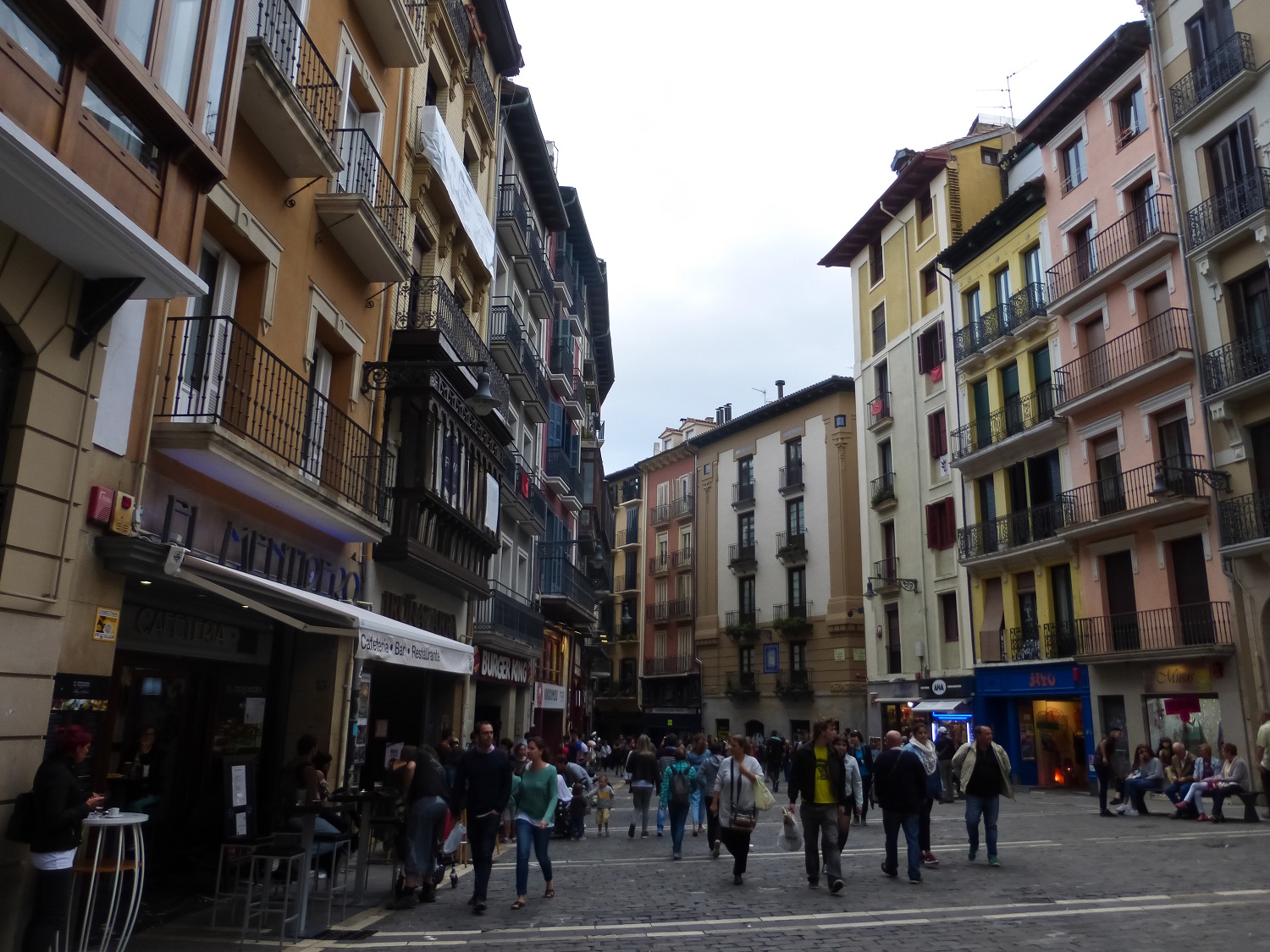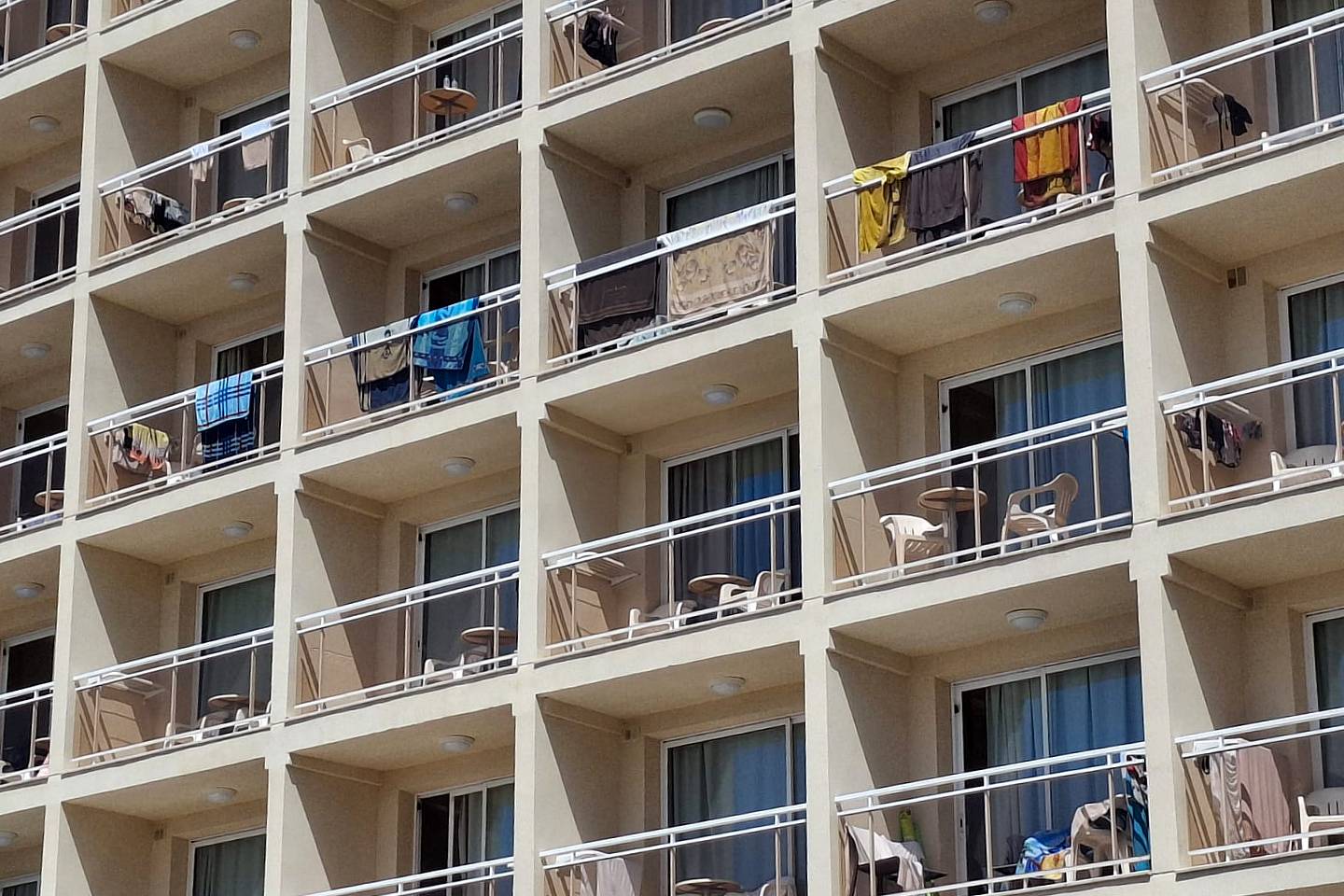October against Turistification was rounded off last Sunday with a multitudinous demonstration in favor of the tourist growth of the Bizilagunak platform, but the debate on turistification is still alive in the city. In particular, they have contacted the tourism of... [+]
San Sebastián’s platform concerned with the tourism model is created and the demonstration is announced
- After working in recent months, the platform VivaLagunCon has been created in San Sebastián. "We are concerned about the current tourism model in the city, we are a meeting place for people who are engaged in different ideologies and activities, what we share is the concern about the consequences of the current tourism model on the lifestyle of the population." On May 25, the last day of the San Sebastian tourism summit, a demonstration has been called, starting with Sagues: We live there, we want to live there! Under the motto. In the meantime, they have presented a program that they will work on from neighborhood to neighborhood.

Until the 25th of May, the theme of tourism in the neighborhoods of San Sebastián will be addressed from multiple angles. Conferences, screenings and others have been organized for this purpose.
Their lines are explained in a note sent to the press.
It is reported that they have two objectives: On the one hand, to provoke an "honest, transparent and open debate" about the tourism model in San Sebastián; on the other, to proclaim "the living conditions in San Sebastián as an element to be given priority in any strategy and economic activity that takes place in the city".
It has been denounced that those who want to convince people that the current model of tourism is "intangible" want to "avoid an honest and healthy debate". However, they say that they have managed to disseminate many ideas, which is why, starting with the first note, some have been turned around with their reading.
Their concerns were expressed in the note: It has been denounced that tourism activity in San Sebastián is carried out "for the benefit of a few and to the detriment of the majority"; that "the city is managed as if it were a company"; that tourism makes the city a "servant of investors"; that the work that tourism entails is a precarious work; that neighbors of houses destined for tourism are thrown out; that "public space is being adapted for consumption"; and finally, that tourism "homogenizes" cities and citizens around the world.
The following are readings, sent in the note, with each concern explained in more detail:
"What are we worried about?
• Tourism activity in San Sebastian has been developed for the benefit of a few and to the detriment of the majority. We have been led to believe that it brings benefits and wealth to the people of Donostia, but the data presents a different reality. By adapting laws and regulations to convenience, the city has extended the red carpet to what has come to be called tourism “easy money.” Citizens, on the other hand, perceive the changes, consequences and damage to our city and our lifestyles as a result of mass tourism.
The city is run as if it were a company. The aim is to compete in the “market” of the world’s cities with the brand Donostia (and Basque Country). We want to adapt the city to give this brand some specific characteristics and this often involves shaping our neighborhoods, our living conditions and our way of life. Everything that does not generate a direct economic benefit is rejected and the aim is to folklorize what is alive and distinctive, turn it into an icon and offer it for sale.
• Tourism turns the city into a servant of investors. The direction of public investments is determined by real estate investors, financial capital, and transnational corporations that have sought to attract them, as well as determining the structure and distribution of income.
• The work that tourism entails: precarious work. New economic activities at the service of tourism are transforming the productive structure of the city. The nearby trade is being destroyed, replaced by multinationals of souvenirs and fashion. Outsourcing of services has prevailed for the sake of flexibility and reduced costs. And at the same time, temporary employment contracts or work without contracts, unpaid working hours, slave wages, that is, precariousness. An invisible working class, composed mainly of women.
• One more tourist, one less neighbor. The tourism industry raises the price of housing without measure, including rents. Tourist hotels and apartments (AirBnB and others) are replacing dwellings to live in, expelling neighbors from their neighborhoods. Not only are the prices of leisure services increasing, but also the prices of urgent or everyday items. The reality of San Sebastián’s dismissals to neighboring towns is growing. And the suitcases with wheels have replaced the shopping carts.
• Public space adapted for consumption. The difficulties of developing community activities in the public space without “contractual relations” or causing consumption are increasing. In times and places of greater tourism, great facilities are provided to transform the entire city into a shopping center.
Tourism is homogenizing us. It takes advantage of the uniqueness of our culture and characteristics to attract investors and tourism. But at the same time, this implies the massive incorporation of multinationals and capital funds that dominate the global market in the city. This introduction and the dismissal of the local population tends to dismantle local community networks and homogenize culture and identities: the same shops here and in Berlin, a standardized and visitor friendly cultural offer, making more room for visitors’ languages than for the local..."

Turning the topics around
"What do you have against tourists? We are all tourists”, they explain that they have nothing against the people who visit San Sebastian during their holidays. They are concerned about the effects that the current tourism model generates on the population: housing, work bays, neighborhood relations, small commerce, linguistic landscape... "These problems are the responsibility of those who, rather than tourists, design and promote without limits the current tourism model: some local and international investors and institutional leaders who open all their doors to them", they denounce.
"The problem is in the Old Part, it does not reach our neighborhood", they emphasize that although the largest number of tourists are seen in the Old Part, in Gros and in the Center, the increase in rental housing prices is a problem throughout the city, in addition to "the change in the economic structure of the city affects us all, the neighborhood communities are changing and putting at risk, there are Donostians who are forced to give up many spaces of the city..."
"Let the tourists come and lend their money." It has been put on the table that the tourist sector of the city is "divided among very few people". "International real estate investors, multinationals that are expanding rapidly in trade, families that own several hotel and hospitality businesses... Most of us are left with only poor working conditions and the tendency to base the city's economy on a single sector is gaining ground," they say.
"Tourists should leave San Sebastian city centre and be redirected to the surrounding neighbourhoods and villages." In their own words, directing tourists to neighborhoods and towns in the outskirts would not reduce the problem in saturated areas. As an example, it is stated that the opening of hotels or pensions in Amara or Intxaurrondo does not mean that those of the Old Part will be vacant. "It would serve to spread saturation and not to limit the multiple impacts of tourism. The effects of the wrong model in San Sebastian are already beyond the limits of the city."
“We need tourism to grow because it creates jobs.” The VivaLagunEkin platform is particularly concerned about the working conditions of those who work directly in jobs that receive tourists (hotel, bar, commercial...): low salaries, schedules... "These are sectors that are particularly affected by precariousness: short-term jobs, versatility, easy dismissals... The current conditions of these jobs have made it almost impossible for these workers to live in San Sebastián".
"You have to get tourists to come out of the summer," they have turned the idea around, saying that going out of the summer doesn't mean reducing summer crowding. "The year-round extension is an idea promoted by lobbies that seek to transform tourism services into a single sector of the city and derive a great economic benefit from it."
Today’s Venice is built on an archipelago of 118 islands. These islands are connected by 455 bridges. The city is based on mud rather than Lura. Millions of trees in the area were cut down from the 9th century onwards to build piles and cement the city. Years have passed and... [+]
Ilbeltzeko igande goiz batez jo dugu Baztanera. Eguzkiak oraindik ez du Lekarozko plaza argitu; bertan elkartu gara Garbiñe Elizegi Narbarte, Itziar Torres Letona eta Ernesto Prat Urzainkirekin. Itzaletan hotz egiten du eta umorez goxatu dugu lehen agurra, hogei urtean... [+]
The Atacama Desert Foundation has denounced on social networks the destruction of the geoglyphs of the area and, through several photographs, has shown the destruction that visitors who travel in 4x4 vehicles to the desert are causing. These are large geoglyphs made between 1000... [+]










